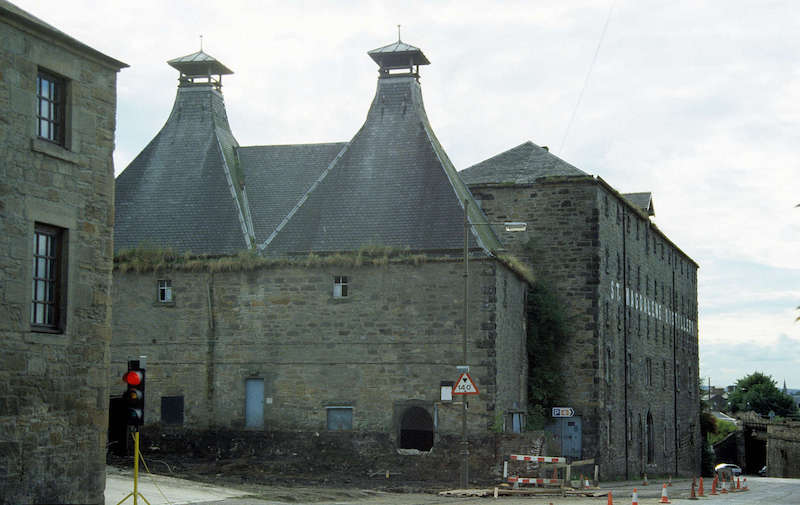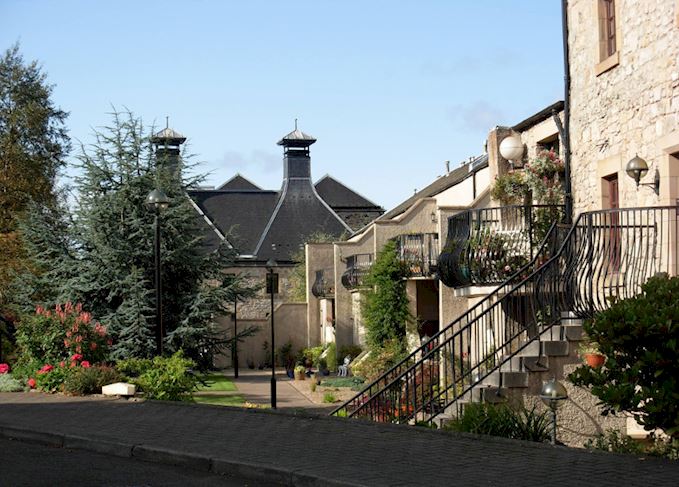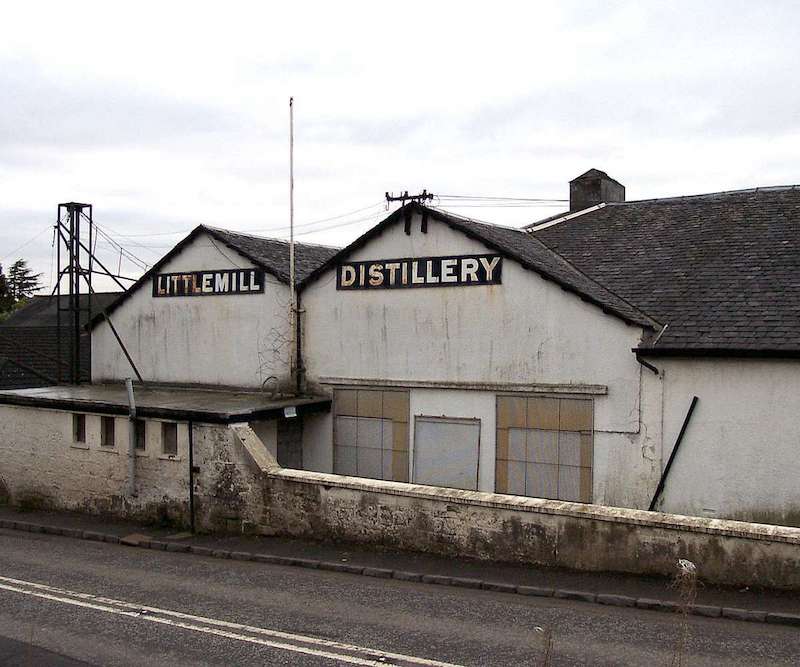A Short Story about Saint Magdalene Distillery
Saint Magdalene, also known as Linlithgow, was a Lowland distillery that had its heydays back in the 1800s-1900s. It was a rather large distillery that occupied the coveted position between the Union Canal and the railway line. The distillery had both its railway line and pier, which was something that other distilleries did not have.
History of Saint Magdalene
Saint Magdalene was one of the five distilleries within the town of Linlithgow and outlasted every one of them. Sadly, it followed the paths of the other four distilleries. Sebastian Henderson built Saint Magdalene in the mid-1700s. He aimed to oppose the Bulzion distillery that opened earlier. Nothing much was known about the distillery in its early days. The fate of Saint Magdalene changed when distiller Adam Dawson bought the distillery in 1798.
Adam was an experienced distiller who operated the Bonnytoun distillery nearby. He transferred his operations to Saint Magdalene after purchasing the distillery. As the years passed, Dawson’s business grew by leaps and bounds, and he expanded the distillery to absorb the lands of the defunct Bonnytoun distillery. The distillery stretched across 10 acres of land in its most successful years.
Saint Magdalene in the early 2oth
The Dawson family owned the distillery until 1912 when the family ran into financial issues. Faced with a decline in the market and the intense competition within the Scottish whisky industry, the Dawson family liquidated their company, A&J Dawson. With the liquidation, Saint Magdalene had to go. Distiller Company Ltd (DCL) bought the distillery and further licensed it to William Greer and Co. By 1914, Saint Magdalene joined four other distilleries to become the Scottish Malt Distillers. The other four distilleries were Glenkinchie, Clydesdale, Rosebank and Grange.
Closed for Good
DCL (now Diageo) continued to operate Saint Magdalene throughout much of the 1900s, but unfortunately, the distillery closed down in 1983. Saint Magdalene was one of the nine distilleries that were closed by the company. Diageo removed the stocks and renovated a part of the distillery into residential flats in the early 1990s.
Nonetheless, you can still see the malting barn and kiln at the original site, as they are C grade listed buildings (under protection). The pagoda roof (you can see it in the above picture) is the last reminder that this was once the magnificent Saint Magdalene distillery.
Saint Magdalene (Linlithgow) Whiskies
Saint Magdalene (Linlithgow) whiskies may not be affordable, but they are mostly good whiskies which you can try at whisky bars that serve old and rare whiskies. For example, we had a pleasant experience at The Swan Song where we got to taste a (Signatory Vintage) Linlithgow 1982 (25 years old). The sweet and fruity experience was not something to forget quickly! If you look to own a bottle, watch out for them in auction sites but do be prepared to pay heavily for a bottle.



